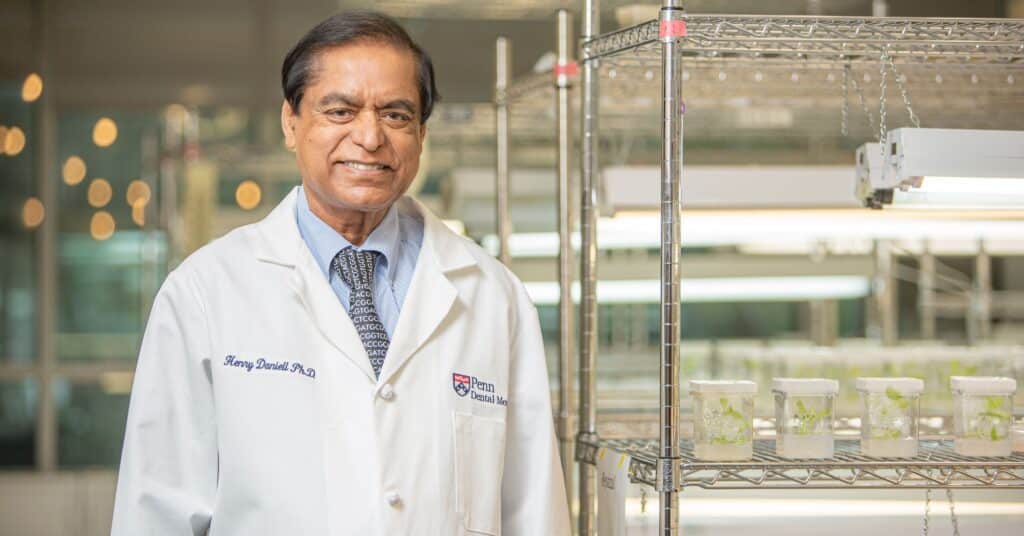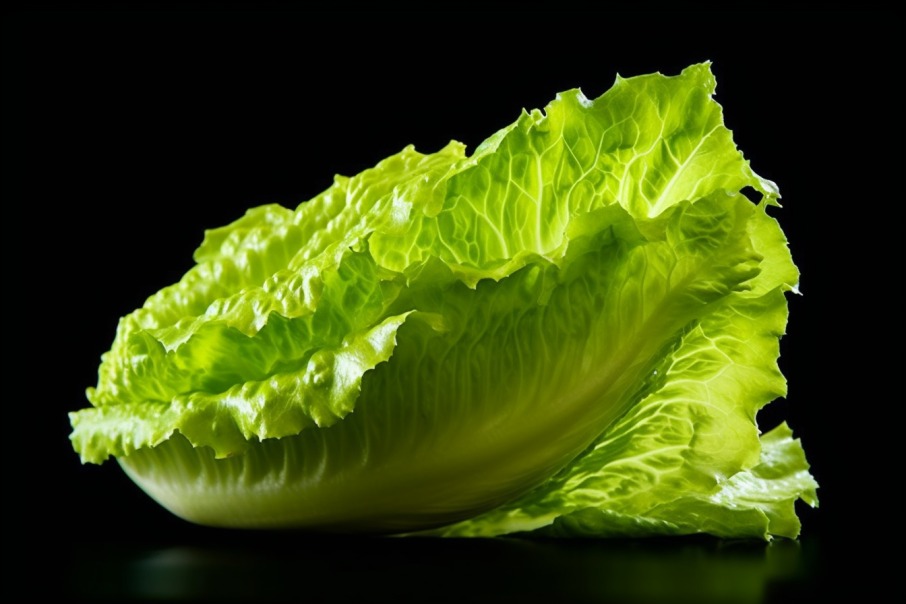There is news on the front of fight against diabetes, and this time it comes directly from the garden. A team of researchers at the University of Pennsylvania has discovered a method to grow insulin in salad leaves. Yes, you understood correctly, I'm talking about insulin, the essential hormone for converting the glucose in our blood into energy.
As you know, those with type 1 diabetes produce virtually no insulin and have to rely on injections of synthetic insulin. Some people with type 2 diabetes also need insulin injections, but it's painful and often risky. Incorrect dosing can cause blood sugar levels to plummet, causing hypoglycemia.
From injection to salad
The synthetic insulin we use today is grown in bacterial or yeast cells, a complex and expensive process that discourages many potential manufacturers. And then it has other drawbacks. For example, it must be stored and transported at low temperatures, which represents an additional obstacle, especially in areas where reliable electricity and refrigerated trucks are not a reality.
For this reason, a friend who we are used to seeing at the table every day came into the picture. A green, fresh and sometimes crunchy friend: ladies and gentlemen, the salad. The lettuce. What do you call it? What it is, you understand. The researchers used a kind of “gene gun” to insert human insulin genes into lettuce cells: these genes were then integrated with its genome, which began to produce insulin with human genes.
But how do you eat insulin? Certainly not by ingesting half a quintal of salad leaves: the lettuce will simply be freeze-dried, shredded and transformed into a pill, which can be stored and transported at room temperature. A revolution, if you think about all the "stings" needed today.

The mouse test
The next step was to test “salad insulin” on diabetic mice (find the paper here). The results were very promising: the insulin regulated the rodents' blood sugar levels within 15 minutes without causing hypoglycemia, thus avoiding the “classic problem”.
Much research in the past attempted to create an insulin that could be taken orally. Unfortunately, stomach acids tend to break down insulin before it can reach the bloodstream. The solution to this problem was found in lettuce's own cell walls, which protect insulin in the stomach, allowing it to reach the intestines and ultimately the liver.
The future is a lettuce pill
The next steps for researchers will be human testing. If all goes as hoped, this discovery could change his life half a billion people affected by diabetes in the world. The lead researcher, Henry daniell, sees in this discovery a great opportunity to ensure global access to healthcare: “We are able to make insulin more accessible and at the same time significantly improve its quality. Patients will be able to get a superior drug at a lower cost.”
Would you like a salad?


